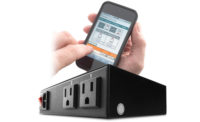New Options for Power Supplies Offer Better Functionality and Revenue Opportunities
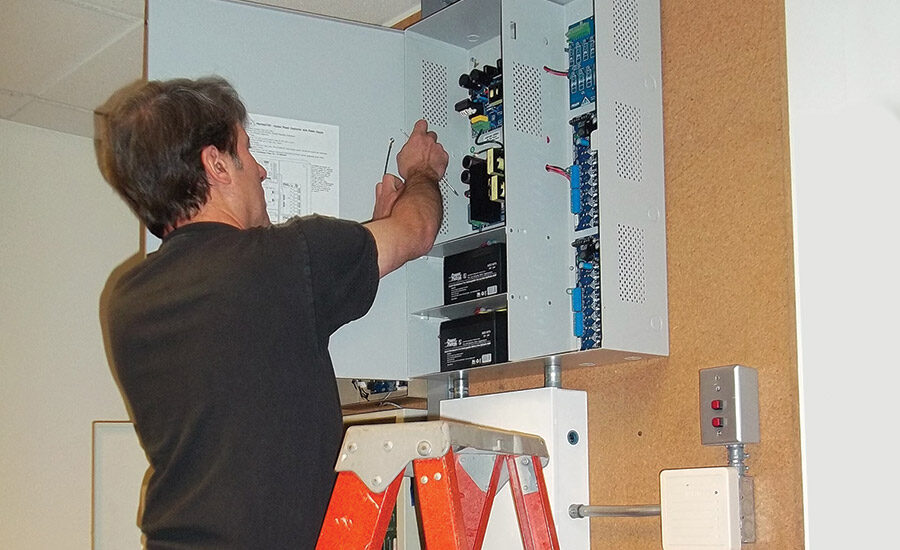
In cases where a service call is required, power management solutions allow the problem to be resolved more quickly and efficiently by identifying the exact source and location of the problem.
PHOTO COURTESY OF ALTRONIX
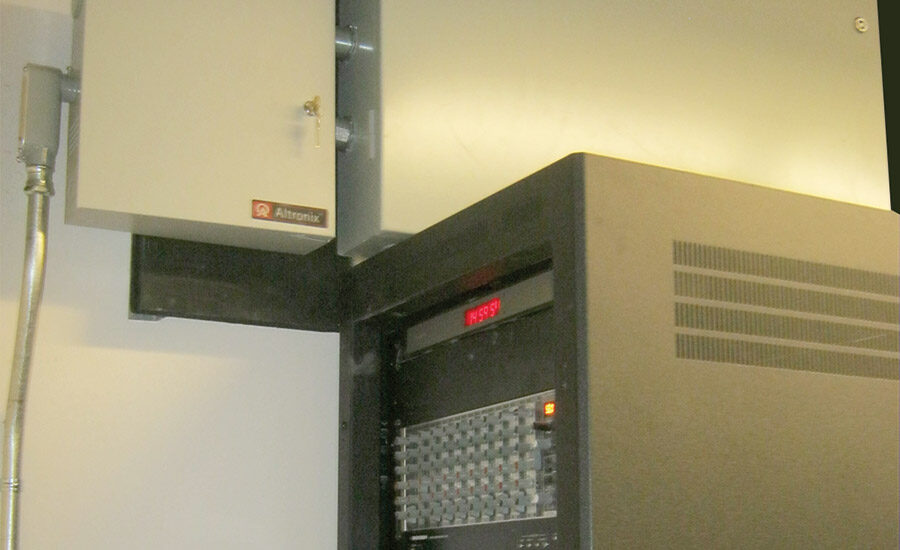
By adding network communication to the core power and transmission components, dealers and integrators can achieve higher levels of system integration and integrity.
PHOTO COURTESY OF ALTRONIX
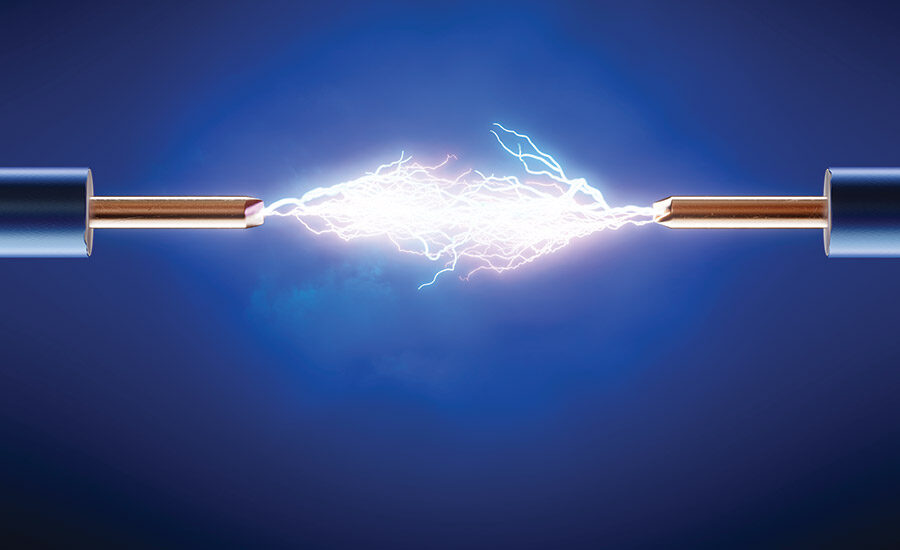
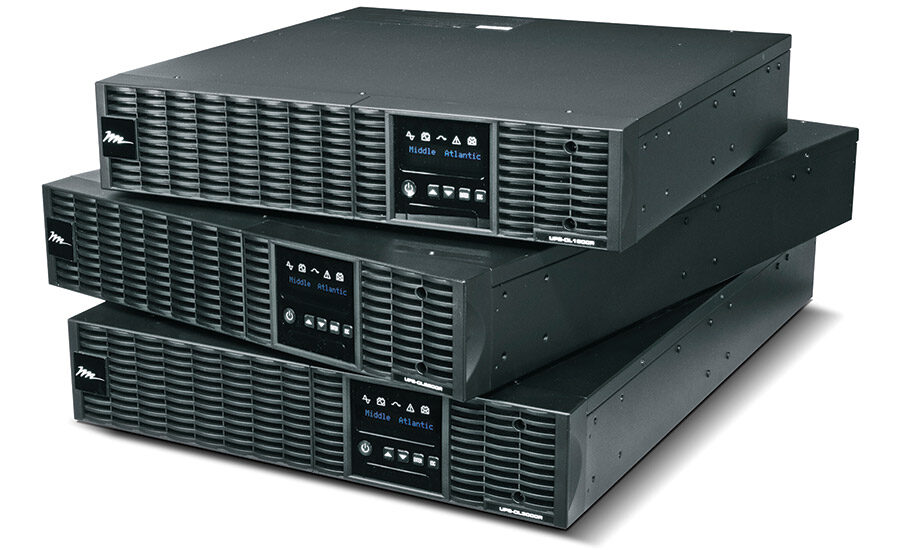
Online UPS systems are always on, providing the best possible power protection for critical and sensitive applications.
PHOTO COURTESY OF MIDDLE ATLANTIC PRODUCTS




Whether upgrading an existing surveillance and/or access system from analog to IP, or installing a completely new system using structured cable, the ability to communicate, monitor and control IP devices delivers significant operational and economic benefits. The vast amounts of data these systems generate can be highly useful in many ways for both advanced security applications and for improving general business operations.
Given all the new features, capabilities and advanced integrations that video and access control systems deliver, it can sometimes be easy to lose sight of the basic building blocks upon which all systems rely for continued operation: power and transmission supplies. The truth is that if a system or even a single device loses power or fails, the resulting interruption in data transmission can and will compromise the safety and security of the people, property and assets. For this reason alone, the ability to remotely monitor and manage networked products is vital to help maintain 24/7 security and effectively respond to any issues and/or device failures as quickly as possible.
Thankfully, innovation is not limited to high-profile products. New advances in power solutions are addressing these and other concerns while creating revenue opportunities for security dealers and integrators.
Networked Power Supplies
With continued advancements in networking, end users are increasingly looking to deploy better means of achieving network communication and ensuring consistent operation of security systems. There are a number of solutions that can monitor the overall health of a system, but what’s been missing until recently is the ability to monitor, control and report real-time diagnostics from power supplies and peripheral components.
Today, new network communication solutions are available to provide the real-time data necessary to achieve this goal. By adding network communication to the core power and transmission components that are so critical to security systems, end users can achieve higher levels of system integration and integrity to provide comprehensive network communication solutions. Offering the capability to perform a wide variety of remote control, monitoring and reporting, these solutions enable early intervention or even preventative maintenance to be handled with higher degrees of accuracy. These capabilities translate into a highly efficient and cost effective solution that not only improves overall security but also reduces end users’ overall total cost of ownership for their surveillance and access control systems.
RMR Opportunities
Equally important for servicing dealers and integrators is that the data collected from these systems presents numerous new business opportunities for professional security integrators. In addition to ensuring reliable operation of security systems, the ability to remotely monitor real-time diagnostics can also provide installers and integrators with a potential new source of recurring monthly revenue (RMR). The data and alerts these solutions provide make it possible to quickly identify potential and immediate problems before technicians are dispatched. For example, simply rebooting a device remotely can often resolve an issue and save the time and expense of a truck roll to diagnose and repair the problem. This savings alone can be significant for both dealers and end users while also reducing potential downtime. By adding remote monitoring to new and existing service contracts, installers have a new source of RMR, and users have the confidence of knowing their systems are being monitored around the clock and are operating properly.
For dealers and integrators, today’s advanced networked power management solutions also provide critical information with the ability to detect potential device or system failures in advance. With this information, servicing dealers and integrators can take proactive measures to potentially prevent an outage before it can even occur. Among the diagnostic information available are critical operation criteria like AC presence, battery status and health, voltage output, current load, ambient temperature and more. This data helps ensure that the highest levels of systems integration and integrity are maintained.
In cases where a service call is required, power management solutions allow the problem to be resolved more quickly and efficiently by identifying the exact source and location of the problem. This allows dispatched technicians to have the parts and tools they need upon arrival to repair the problem, benefitting both the end user and the servicing dealer.
While a traditional preventative maintenance contract calls for a dealer or integrator to provide regularly scheduled maintenance to replace batteries, clean camera domes and lenses, inspect wiring and more, the addition of power monitoring allows installers to expand these contracts with additional preventative services and assurances at higher fees than a “base” contract provides.
For those customers with full-service contracts in place, servicing dealers or integrators can receive notification of potential issues, which provides the important information they need to quickly address issues or even prevent potential problems from occurring. For all installers and service providers, the goal is to have service technicians spend as little time as necessary in the field. The information provided by a networked power management solution significantly assists in achieving this goal.
Customers without service contracts can receive technical support as needed using a pay-as-you-go model that typically entails set minimum fees for site visits. The ability to remotely monitor powered devices and systems allows technicians to quickly diagnose and fix or prevent failures. This actually makes service calls more profitable for dealers. For example, if a servicing dealer charges a two-hour minimum for a service call and the remote diagnostics allows a technician to spend less than an hour fixing the problem, the end user will be happy that the system repair was made quickly, and the servicing dealers realized a higher profit from the service call as a result of more efficient time and resource management.
The advanced systems integrations enabled by today’s networked video, access control and other security and non-security systems deliver tremendous value to organizations from both security and operations perspectives. As a result, the continued operation of these systems has become even more critical, with any disruption posing the risk of compromising safety and security.
Recent and continued advances in power management solutions are keeping pace by delivering advanced network communications capabilities that provide end users with the benefit of knowing the integrity, stability and ongoing operation of their systems are being professionally monitored and maintained to improve overall security and reduce the liabilities associated with downtime. Servicing dealers and integrators benefit from a new source of RMR that helps reduce costly, unnecessary service calls and shorten the time technicians spend in the field — both of which can translate to significant cost savings and increases profitability. End users’ demands for both advanced network capabilities and higher levels of security show no sign of slowing anytime soon. Dealers and integrators who seek to grow their businesses with service-oriented models can take advantage of the increased RMR opportunities enabled by networked power management solutions. It’s no wonder then that these advanced technologies are already shaping the professional security landscape for both end users and installers.
|
Which UPS is Right for the Job? Power supplies are one critical component to any security system. Another one is the uninterruptible power supply (UPS), designed as the back-up in the event of power failure. In the event of a power disruption or loss, backup protection is the first line of defense. While purpose-built UPS systems are traditionally used in large-scale data centers, they aren’t conducive to the unique demands of smaller security applications. UPS devices sized for applications outside of the data center bridge the gap when the same level of backup protection is required. As security systems move into tighter spaces, selecting the right backup protection is crucial in terms of reliability and resiliency. Integrators must consider what equipment needs backup, determine where the equipment will be located, establish the total power load, and determine how long the equipment will need to maintain functionality during the event of a power outage — when a UPS is running purely on battery. If a generator is on-site, an integrator might also consider the length of time it takes for the generator to provide stable power during an outage. Using this information, the integrator can select the ideal topology and size for their application. For security applications, users will need to choose either an online UPS or line interactive UPS. Online UPS systems are always on, providing the best possible power protection for critical and sensitive applications. Beyond bridging an outage, online UPS systems also isolate sensitive electrical equipment from input power issues such as those caused by generator stability issues. Line interactive UPS systems provide a lower-cost option for applications that aren’t as critical or sensitive by switching between input and battery power. The size of the UPS is directly related to the components being powered and how long backup might be required. It’s easy to overestimate battery backup time, but the objective is to provide emergency or mission-critical protection long enough for automated or manual shutdown or until a generator powers-up. UPS backup systems with expansion batteries will extend operation if shutdown is not a desirable option. Although online UPS systems are considered the best fail-safe solution, there are trade-offs. The double conversion topology of an online UPS provides complete power isolation and conditioning for the cleanest power and fastest backup protection. However, online UPS systems are always on, which means batteries have a shorter life, requiring frequent replacement. They also generate more heat in tight spaces, necessitating additional cooling systems. A line interactive system is more compact and only provides backup when a power disruption occurs, enabling the battery to last twice as long and requiring less service. While it’s a more cost-effective option than online, power isn’t completely isolated. Transfer time is also a consideration. Most equipment can handle the changeover of mere milliseconds; however, it may leave some system components vulnerable. Line interactive is optimal for smaller security applications. From a serviceability standpoint, both UPS topologies are available in flexible form factors that provide easy access to the batteries. Some units feature expanded functionality such as local logging, the ability to control receptacles remotely, and real-time management and reporting, making them attractive backup options for distributed or remote security applications. — By Scott Lowder, senior product manager, power, Middle Atlantic Products
|
Looking for a reprint of this article?
From high-res PDFs to custom plaques, order your copy today!




